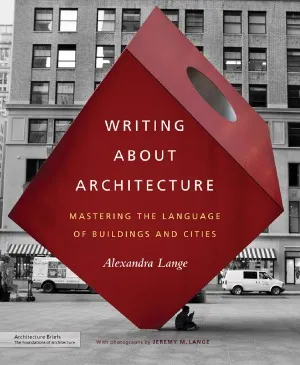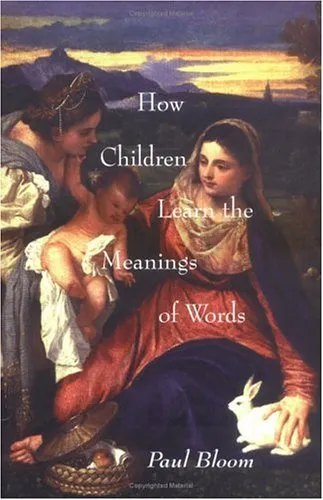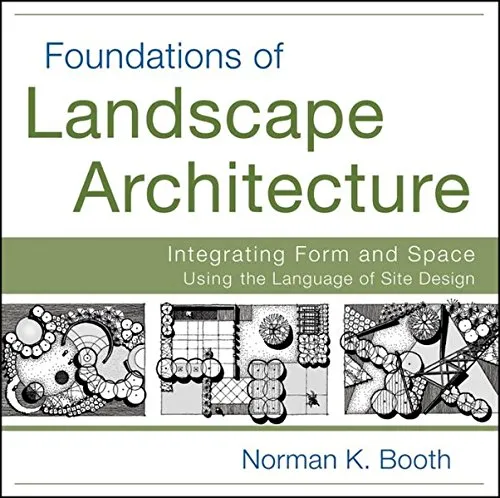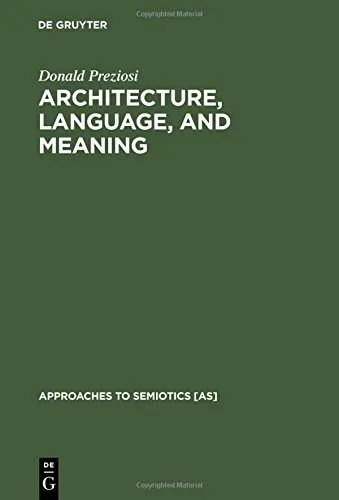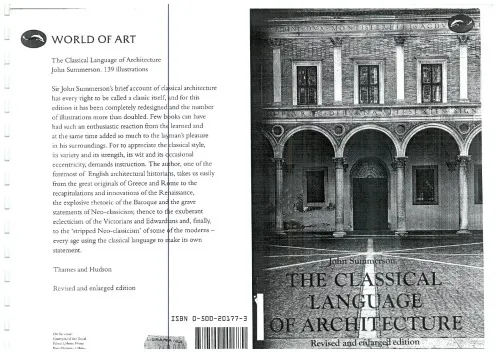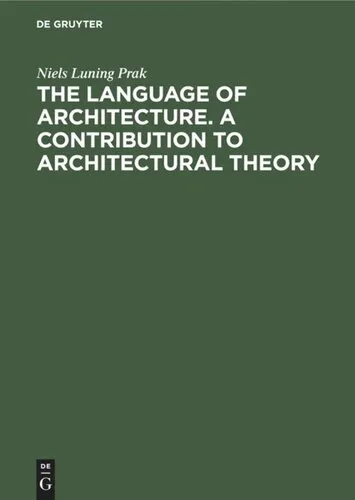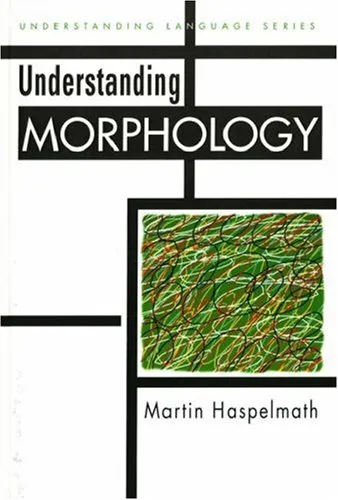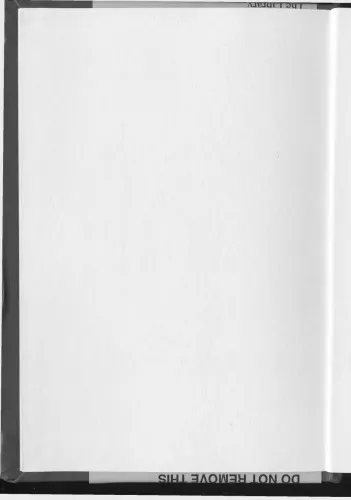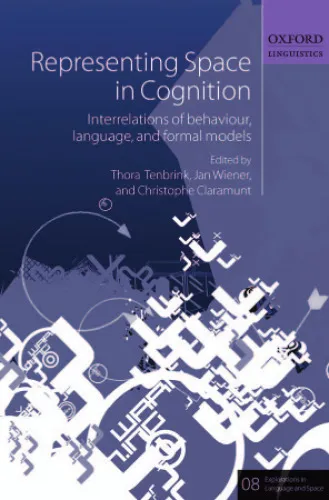Writing About Architecture Mastering the Language of Buildings and Cities
4.4
Reviews from our users

You Can Ask your questions from this book's AI after Login
Each download or ask from book AI costs 2 points. To earn more free points, please visit the Points Guide Page and complete some valuable actions.Related Refrences:
Introduction to "Writing About Architecture: Mastering the Language of Buildings and Cities"
"Writing About Architecture: Mastering the Language of Buildings and Cities" is both a compelling guide and a practical handbook for readers who wish to explore the art of critiquing, analyzing, and understanding architecture and urban spaces. In this book, I delve into the critical importance of articulating the built environment, offering tools and techniques to express ideas clearly while capturing the essence of buildings and cities with precision and creativity.
As architecture continues to evolve, touching disciplines such as urban planning, environmental design, and even sociology, the need for compelling architectural writing has never been greater. This book combines timeless principles with contemporary examples to help readers decode structures and communicate their impact effectively. By studying the works of renowned architectural critics and engaging with real-world examples, my mission is to empower aspiring writers, designers, and enthusiasts to better connect words with spaces.
In the following sections, I provide a detailed overview of the essence of the book, key takeaways, impactful quotes, and why this book remains relevant for anyone interested in exploring the intersection of architecture and language.
Detailed Summary of the Book
"Writing About Architecture" is a comprehensive guide that explores how to effectively communicate architectural critique in different formats, such as essays, newspaper reviews, and other media. It builds on examples drawn from the history of architectural criticism while also reflecting on contemporary architectural challenges. The ultimate goal is to help readers develop their own voice to describe and analyze our increasingly complex built environments.
Structured across thematic chapters, this book looks at the role of iconic critics—from Ada Louise Huxtable to Jane Jacobs—while integrating their insights into a framework that can be applied today. I weave together discussions about residential, urban, and ecological design, encouraging readers to think about architecture in broader social, cultural, and political contexts.
The book also touches on how language transforms a purely technical discussion about roofs, facades, or foundations into a narrative that resonates with readers. Whether it's drawing vivid imagery of a historic Gothic church, dissecting modernist structures, or envisioning sustainable cities of the future, I explore how architectural critique is both an art and a discipline.
Key Takeaways
- Understand the history and evolution of architectural criticism.
- Learn the different writing styles for describing buildings and urban spaces.
- Appreciate the interplay between architecture and its sociopolitical impact.
- Develop a personal voice to better articulate thoughts on architecture.
- Gain inspiration from renowned critics and their methodology to craft compelling critiques.
Famous Quotes from the Book
- "To write about architecture is to translate visual and spatial experiences into words, making the intangible tangible."
- "Criticism is not simply about praising or condemning a building—it is an exploration of ideas, influences, and human stories embedded in the design."
- "Architecture does not exist in isolation. Every structure is a response to its time, its climate, and its people."
- "The language of architecture is universal, but the way we write about it defines how accessible it becomes to the wider world."
- "By learning to read buildings, we also learn to read the world around us."
Why This Book Matters
In an era of rapid urbanization and technological advancements, the way we perceive, discuss, and critique architecture holds remarkable significance. Buildings are not just structures—they are reflections of society, culture, and human ambition. "Writing About Architecture" bridges the gap between these structures and the language we use to decode them.
This book is not just for architects. It invites urban planners, designers, journalists, and architecture enthusiasts to explore buildings through the prism of words. As cities grow and evolve, critical writing becomes increasingly relevant in fostering meaningful conversations about the spaces we inhabit. This book equips readers with the tools to both celebrate and critique the built environment, making it a vital resource for anyone passionate about architecture, urban issues, and storytelling.
Ultimately, "Writing About Architecture" aims to cultivate a new generation of thinkers who can narrate the story of buildings and the cities they shape. Whether you're seeking inspiration for your personal writing journey or wish to understand architecture with greater depth, this book serves as a starting point for meaningful exploration.
Free Direct Download
You Can Download this book after Login
Accessing books through legal platforms and public libraries not only supports the rights of authors and publishers but also contributes to the sustainability of reading culture. Before downloading, please take a moment to consider these options.
Find this book on other platforms:
WorldCat helps you find books in libraries worldwide.
See ratings, reviews, and discussions on Goodreads.
Find and buy rare or used books on AbeBooks.
1471
بازدید4.4
امتیاز0
نظر98%
رضایتReviews:
4.4
Based on 0 users review
Questions & Answers
Ask questions about this book or help others by answering
No questions yet. Be the first to ask!
